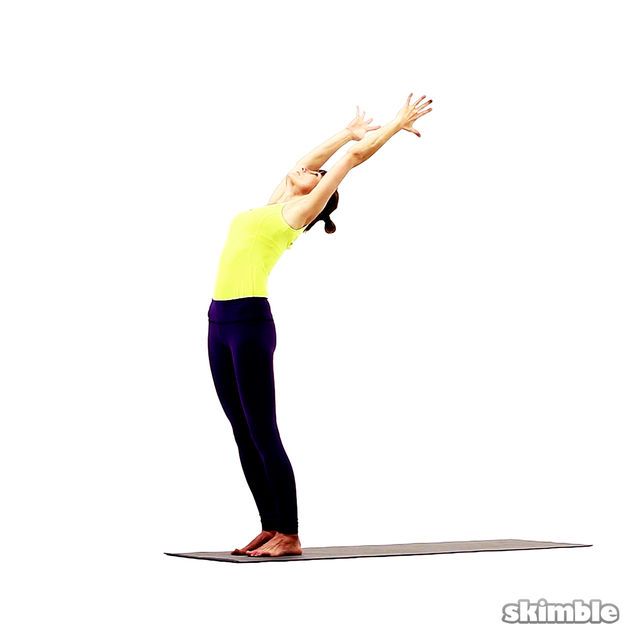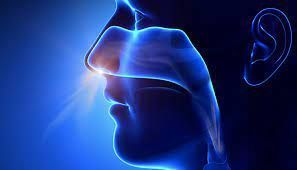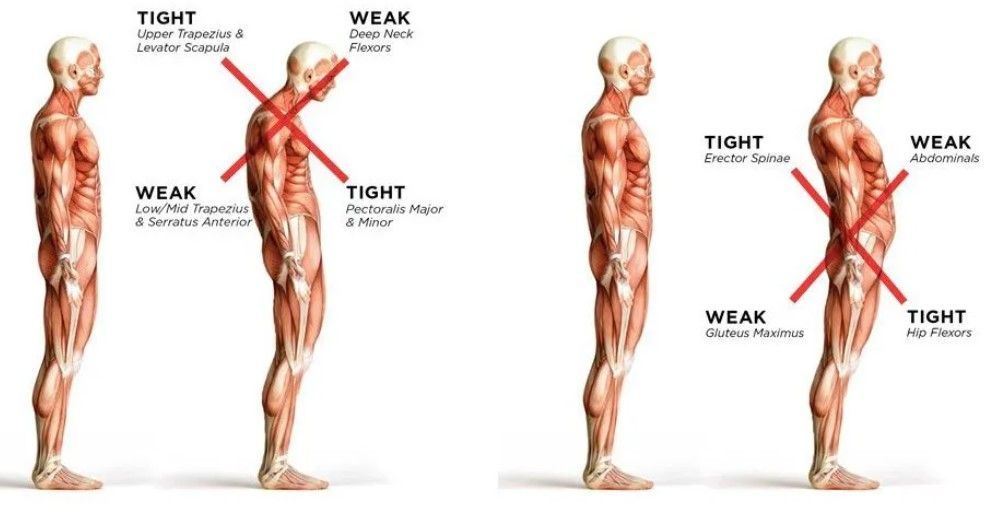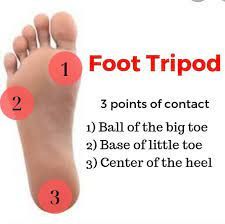Empower Yourself
Empowerment comes from within
Many of you know as a yoga therapist, personal trainer, and energy healer I help people improve their movement, eliminate pain, and get back to activities they love. But what you might not realize is that although I teach yoga poses and strengthening exercises, what I am really teach is SELF-AWARENESS. When we become aware of our patterns, our movement, our thought, and our breathing, we have more capacity to change.
Whether you call it mindfulness or somatic awareness, it starts with transferring attention from your external environment to your internal one. Most of us spend the day focusing outside of our body. Often the only time we notice what is going on inside is when we feel hunger or pain.
“We cannot change what we are not aware of, and once we are aware, we cannot help but change.”~ Sheryl Sandberg
The definition of empowerment is increasing the capacity of individuals to make choices and to transform those choices into desired actions. Empowering ourselves speaks not only to making choices, but to making better choices, choices that are in line with who we want to become.
Empowering ourselves involves self-awareness and feeling in control. Feeling in control has a lot to do with how we are in the moment. My work with students has led me to find there are two things that take away our control. The first is stress or overwhelm. When we are stressed or overwhelmed, we are reactive using more of a knee jerk response rather than a thoughtful one. We find ourselves overreacting to a situation, saying something we didn’t mean, or agreeing to something we don’t want to do.
The second is increased mind chatter. When our minds are overactive, they have trouble turning off. Our brains are very good at problem solving. In fact they get so good, if we do not have a problem, our mind will start making up problems so it can continue solving them. Most of us have experienced this at bed-time when the mind goes into overdrive.
Using simple practices like Subtle Breathing or an Awareness Check-In encourages us to be present to our body and mind. This very presence allows us to feel in control and to make choices that are in line with the person we want to be. Here is a link to the Subtle Breathing practice https://youtu.be/leaAAj0vJmo .
Small practices used regularly can make a big difference. In the book Atomic Habits, the author James Clear writes about the importance tiny, regular habits can have. He states that, “All big things come from small beginnings. The seed of every habit is a single, tiny decision.” He explains this is the meaning of the title Atomic Habits, “A regular practice that is not only small and easy to do but is the source of incredible power.” If you would like to read more, use this link
https://g.co/kgs/EkWi9s.
My students using the Subtle Breathing and Awareness Check-In practices regularly report significant changes overtime. If the idea of growing self-awareness, feeling in control and making better choices toward who you want to become is attractive to you, schedule a private session or email me directly.


All Rights Reserved | JulieHillMovementTherapy



